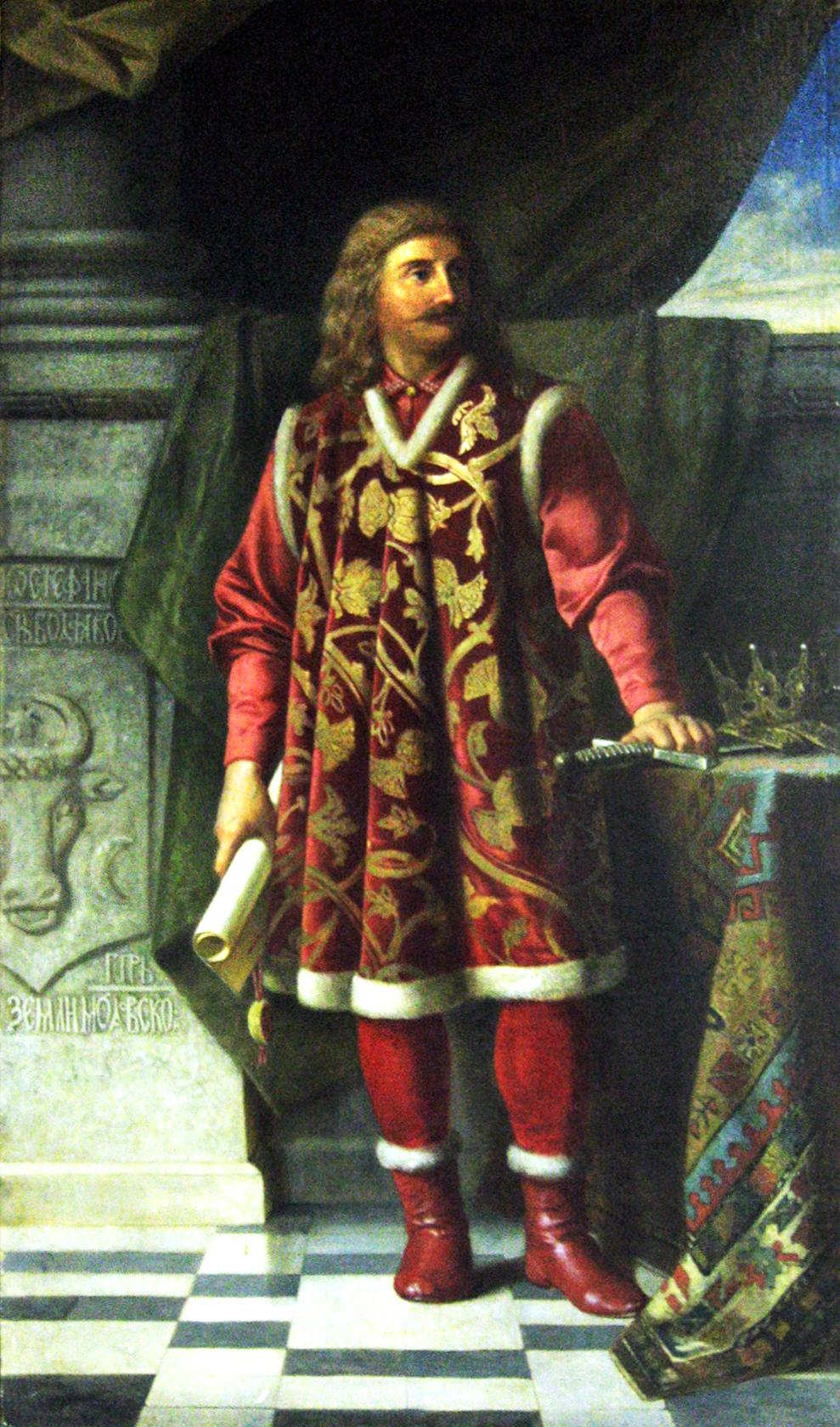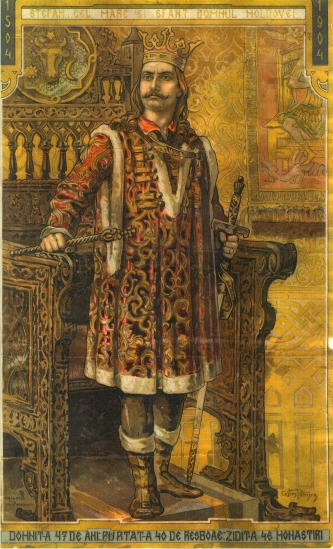
La 3 februarie 1531, la nici trei decenii de la trecerea în nefiinţă, Ştefan al III-lea, principele Ţării Moldovei, era amintit de Sigismund I, regele Poloniei (1506-1548), ca Stephanus ille magnus („acel mare Ştefan”). Bernard Wapowski, cartograful şi istoriograful oficial al aceluiaşi rege, consemna că domnul moldovean era „principele şi războinicul cel mai vestit” din epoca sa. Doctorul Matteo Muriano, trimis de Veneţia la Suceava, în vara anului 1502, spre a-i acorda asistenţa medicală principelui moldovean, consemna în raportul său că acesta „este un om foarte înţelept, vrednic de multă laudă, iubit mult de supuşii săi, pentru că este îndurător şi drept, veşnic treaz şi darnic”. Văzut de contemporanii lui europeni ca un şef de stat care a reuşit să se menţină la cârma ţării 47 de ani, pe plan intern el a simbolizat stabilitatea, continuitatea, dezvoltarea economică, dreptatea, încât la înmormântarea sa în Moldova „jale era, că plângea toţi ca pe un părinte al său …” (Grigore Ureche).
Originea
Ştefan cel Mare, fiul lui Bogdan al II-lea (1449-1451) şi al soţiei sale Oltea, s-a născut cel mai probabil în anul 1438. După moartea tatălui său, Ştefan s-a refugiat în Transilvania stăpânită de către Iancu de Hunedoara (1441-1456), unde s-a familiarizat cu tacticile militare ale acestuia, care îmbinau elemente de artă militară din estul, centrul şi apusul Europei. Cu o forţă militară pusă la dispoziţie de către Vlad Ţepeş (1448; 1456-1472; 1476), la care s-au adăugat partizanii săi din sudul Moldovei, Ştefan cel Mare l-a învins pe Petru Aron la Doljeşti (Dolheşti), cucerind tronul Moldovei pe data de 12 aprilie 1457. A găsit o ţară sărăcită, sfâşiată de luptele dintre diverşii pretendenţi la domnia Moldovei, o ţară ce plătea tribut turcilor începând cu anul 1456.
Conducător de stat
În asemenea circumstanţe, domnitorul a trebuit să iniţieze ample măsuri de redresare a situaţiei social-economice. Pentru a-şi asigura suportul politic necesar stabilităţii guvernării, Ştefan cel Mare a eliminat tendinţele marii boierimi de anarhie şi de nesupunere faţă de puterea centrală, a favorizat consolidarea economică a ţărănimi libere (răzeşii), a încurajat clasa negustorească şi legăturile comerciale externe. În plus, a acordat o atenţie aparte structurilor militare tradiţionale ale ţării („oastea cea mică” – structură militară permanentă, şi „oastea cea mare” – chemată numai în caz de atac extern), susţinând introducerea unei discipline mai riguroase şi ameliorarea dotării. Măsurile sale militare au vizat şi întărirea capacităţii defensive a ţării, prin consolidarea şi modernizarea cetăţilor Hotin, Tighina, Soroca, Chilia, Cetatea Albă, Suceava, Neamţ, Crăciuna.
Patron al actului cultural
Prosperitatea economică a ţării i-a permis lui Ştefan cel Mare punerea în aplicare a unei politici de construire a unor edificii religioase, cu important rol cultural-artistic, dar şi militar. Acest fapt este considerat realizarea cea mai perenă a domniei voievodului moldovean. Epoca lui Ştefan cel Mare rămâne una de referinţă în istoria artei moldoveneşti, deoarece atunci se pun bazele aşa-numitului „stil moldovenesc” în arhitectura şi pictura religioasă. Arta iconografică din perioada ştefaniană este ilustrată de frescele din biserica de la Lujeni (astăzi Ucraina), Dolheşti, Bălineşti, Sf. Nicolae din Rădăuţi, Pătrăuţi, Voroneţ şi Sf. Ilie. Primele ansambluri complete ce s-au păstrat din vechea pictură ştefaniană sunt cele de la Pătrăuţi (1487), Voroneţ (1488), Sf. Ilie (1488), la care mai poate fi adăugat cu titlu de inventar şi cel de la Milişăuţi, distrus odată cu biserica în primul război mondial. Este interesant de menţionat faptul că reprezentările evangheliştilor de la Voroneţ sunt reproduceri fidele ale prototipurilor fixate de Gavril Uric în tetraevanghelul său din 1429, fapt ce sugerează o anumită continuitate de tradiţie a picturii moldoveneşti din veacul al XV-lea. Zugrăveala din altarul şi naosul bisericii mănăstirii Nemţ (1497) constituie ultimul ansamblu de pictură ce ne-a mai rămas din epoca lui Ştefan cel Mare.
Abilităţi diplomatice
Victoriile militare spectaculoase ale lui Ştefan cel Mare, repurtate practic împotriva tuturor vecinilor săi (turci, tătari, maghiari, poloni) au fost pregătite întotdeauna de o politică externă foarte abilă, ce a permis voievodului ca, înconjurat de trei adversari redutabili (Ungaria, Polonia şi Imperiul Otoman), să nu se angajeze niciodată într-un conflict pe două fronturi. Din punct de vedere diplomatic, Ştefan cel Mare a purtat negocieri şi a încheiat alianţe, în funcţie de împrejurări, cu o serie de state puternice din estul, centrul şi vestul Europei (Hanatul de Crimeea, Imperiul Otoman, cnezatul de Moscova, Polonia, Ungaria, Veneţia, Statul Papal). La acestea se adaugă şi tratativele iniţiate în vederea organizării unei alianţe antiotomane cu Uzun Hassan, şahul statului turcoman din Anatolia orientală şi Iranul Occidental.



